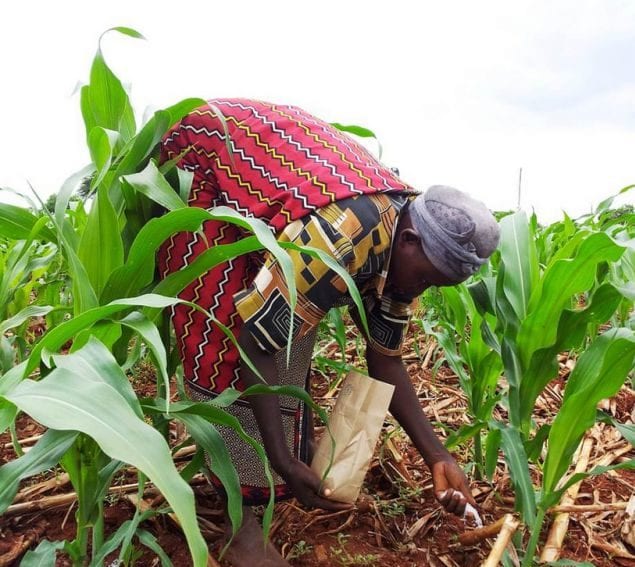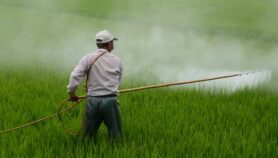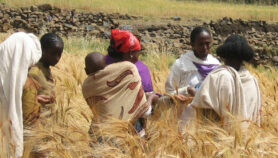By: Sam Otieno
Send to a friend
The details you provide on this page will not be used to send unsolicited email, and will not be sold to a 3rd party. See privacy policy.
[NAIROBI] Adopting suitable technologies and practices at the farm level could significantly help reduce the high risk of consumer exposure to aflatoxins, according to researchers.
In a discussion paper published in July this year, researchers assessed how a theory of change — an approach for analysing complex problems — could be used to explain adoption of farm-level technologies and practices for controlling aflatoxins exposure among consumers.
“Technology is key in addressing the aflatoxin problem but so are well-designed policies, programmes and regulations.”
Nancy Johnson, International Food Policy Research Institute (IFPRI)
“The theory of change analysis identifies some key areas where impact pathways need more clarification and highlights gaps for future research,” the researchers note in the paper.
According to the researchers, important food crops such as maize — a staple food in African countries including Kenya, South Africa, Zambia and Zimbabwe — and groundnut are susceptible to aflatoxin exposure, which if not addressed could lead to public health problems.
“The best documented health impact of chronic exposure to aflatoxins is liver cancer; up to 172,000 cases per year are attributable to aflatoxin exposure,” the paper says.
Nancy Johnson, a co-author of the paper and a senior research fellow at the US-headquartered International Food Policy Research Institute (IFPRI), calls for interventions to control aflatoxins, but she tells SciDev.Net: “Technology is key in addressing the aflatoxin problem but so are well-designed policies, programmes and regulations, and education and awareness among consumers”.
Johnson, who also leads the evaluation of the CGIAR Research Program on Agriculture for Nutrition and Health, explains: “Creating the theories of change helps us to see better how the different parts fit together, and we can use that knowledge to help identify key partners and to target our research to the key evidence gaps.”
She adds that developing the theory of change is a process of connecting the on-farm research all the way to the end result: reducing exposure to aflatoxins among consumers.
Based on the theory of change analysis, Johnson says that more evidence is needed to determine whether a large number of farmers will adopt risk-mitigating technologies and practices and whether the food produced by these farmers, which will be lower in aflatoxin than conventional production, will be consumed by the people who are currently consuming contaminated food.
But she notes there is a risk that even if many farmers use the new technologies, they may sell their produce to high value markets which is good for them economically but may not have a big impact on public health.Dan Mukambi, a scientist at the International Maize and Wheat Improvement Center, CIMMYT, Kenya, commends the authors for their analyses, but says fighting aflatoxins in developing countries faces challenges.
“One of the biggest challenges farmers and experts face in dealing with this problem is that it is usually expensive to analyse crop samples for aflatoxins,” Mukambi says.
This article has been produced by SciDev.Net's Sub-Saharan Africa desk.
References
Nancy Johnson and others The potential of farm-level technologies and practices to contribute to reducing consumer exposure to aflatoxins: a theory of change analysis (International Food Policy Research Institute, July 2015)














